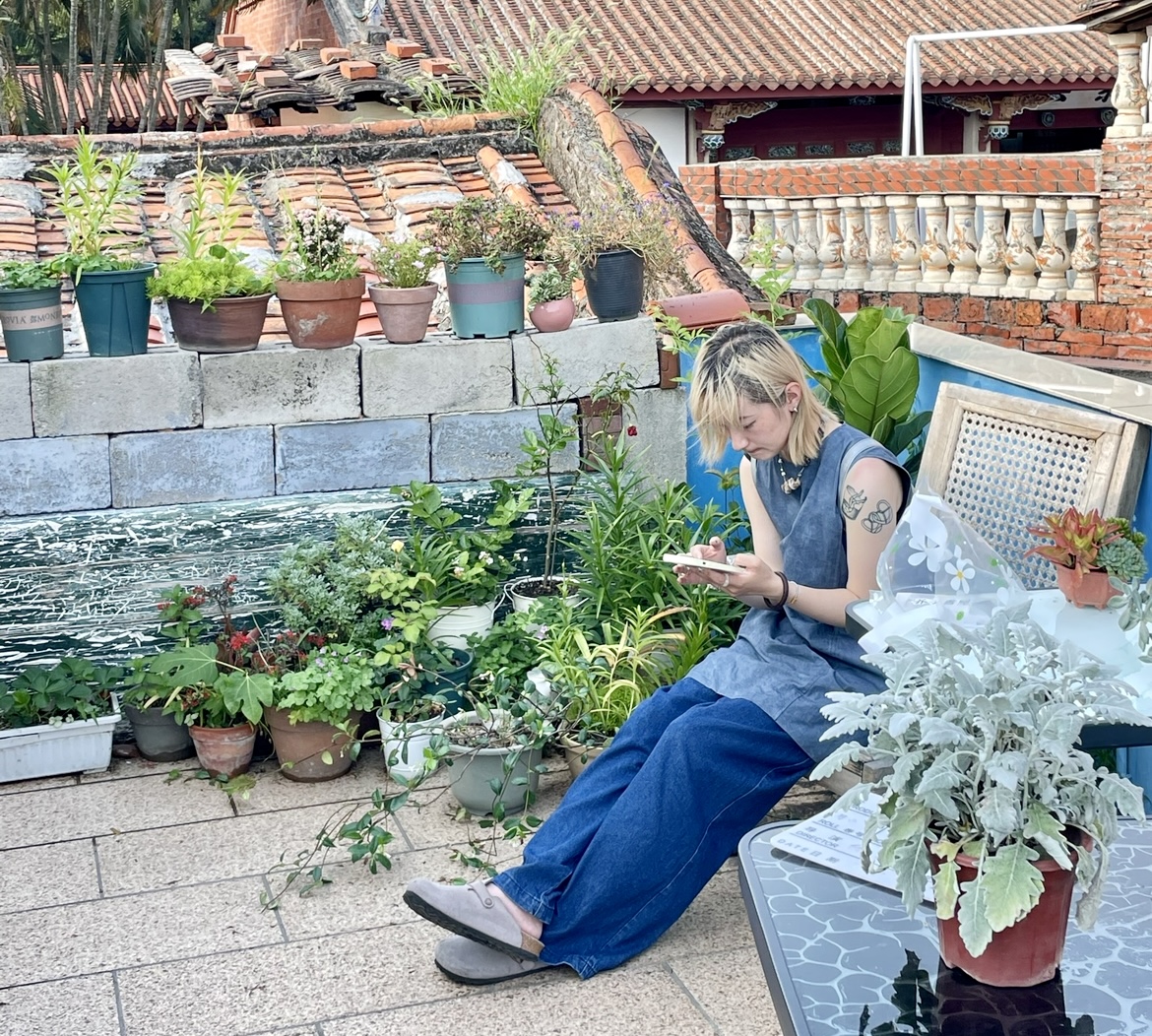Third spaces are not declining, but our access to them is
Designing alienation in our urban planning.
In 2005, my grandfather — who I call Nana — made an unexpected visit to the capital of Iraqi Kurdistan, Erbil. Known for its bustling and boisterous medina, Erbil is a haven for Kurdish culture and nationalism. The city is only explorable on foot — and through its coffee houses! Whereas now popular coffee shops like Tim Horton’s and Starbucks are mere pit-stops on our daily commute to work, coffee shops in Erbil — according to the memories of my Nana — are places of slow living, long and aimless conversations, and most importantly, cultural preservation and celebration.
The Third Place: a “community’s living room”
Dawn awakes and Kurds funnel into the busy medina for their morning tea and coffee — a minimum of three glasses of tea to be exact — and spend whatever time they have engaged in lively conversation with their fellow neighbors, tea or coffee gently steaming in their hands.
The mass production and consumption of coffee as the dominant drink, as opposed to alcohol, changed the very fabric of social communication and how cities were built. Coffee houses were an invention of the Middle East. In the Global North at least, the lack of coffee houses prior to the 17th Century meant that people — especially the well-off — would only interact with other socioeconomic classes in a bar, dingy tavern or brothel, eliminating the possibility of any sober or fruitful conversation. The growing popularity of coffee gave rise to coffee houses where people from all sects and societies could, more or less, gather and engage in dialogue which challenged social norms and authority. Soon, coffee houses evolved, specializing to be places where artists, thinkers, scientists, stockbrokers, and politicians could convene, cups clinking in their hands, and discuss the prevailing issues of the time.
Coffee houses are third places, a term coined by sociologist Ray Oldenburg, to describe easily accessible physical spaces for informal and jovial socializing, which he believed was essential to democracy and free thought. The concept is simple. It denotes a place outside of the banality of routine life — often work and school — where individuals gather to drink, share, discuss, challenge, relax, reflect, connect, and transmit the culture(s) of the time. Parks, book clubs, libraries, community centers, churches, stoops, and even the sidewalk are all examples of thriving third spaces. Or are they?
Where is your third place?
Loneliness is undoubtedly on the rise. As students, we don’t need statistics or elaborate studies to prove this point. A stroll through the busy and often impersonal halls of campus emphasize to us just how distanced we can feel from each other, despite poring over the same assignments and sharing the same learning space. The prevailing rhetoric is that third spaces are on a decline. But, in my humble opinion, it’s much more than that.
This summer, my friend went on a backpacking trip to southern Europe — Portugal and Spain. Returning home with a wealth of observations about how certain cultures and nationalities differ, they commented on how common plazas, squares, medinas, and similar third spaces were in that part of the world. But back home, cities like Toronto, New York, or Chicago are dense urban jungles, flowing with residents and denizens of all kinds, using the arteries of the buses and trains to weave in and out the city. And sure, these cities are charming in their own right, but that sense of intangible “togetherness,” facilitated by third spaces, is truly missing.
As a self-proclaimed coffee addict, my third place is, of course, White Squirrel Coffee Shop, a quaint little shop opposite Trinity Bellwoods Park — another third place! My friend’s third place of choice is the climbing gym, and another’s is the community skating rink. Third places are not exactly on the decline, as most people conclude. Instead, the design of our local environments, namely cities, makes them increasingly inaccessible and, more often than not, financially burdensome.
Designing alienation: modern culprits for the death of third spaces
Cities and regions surrounding them should be vivacious, robust, and integrated epicenters of economic, cultural, and social capital. And they are. Increasingly, however, it feels financially irresponsible to use common third places in cities like bars, movie theaters, and even your local restaurant down the street. Building a shared notion of a third space requires regularity: perhaps going to the same bar every Friday night until the bartenders know you by name; or joining a climbing gym where it’s more about congregating with like-minded people than it is about the sport itself. Historically, these languid activities were relatively cheap. Now? Well, it definitely starts to hurt one’s wallet.
Suburbanization also kills the need to access third spaces. If you have a patch of greenery in your personalized backyard, why go to a shared park in the first place? In cinema culture, there is a common trend that associates the suburbs with alienation, lack of creativity, anonymity, and an indistinguishability that balances on the brink of existential crisis. Each semi-detached home looks the same as the one before, and most suburbs used cars. As much as we students complain about MiWay’s occasionally egregious performance, we must admit that even in our very lifetimes, public transport was a place to strike up a spontaneous conversation with a stranger, bump into an old friend, or greet the same people everyday. The design of our public spaces can work to promote opportunities for creativity, learning, and social meaningfulness. But the suburbs — forever growing in popularity — are the very antithesis of what makes third places so valuable.
Beyond just the physical, shifts in ideology are also important to the fall of third spaces. In the past, churches, mosques, and synagogues were spiritual, emotional, and social outlets for people to voice their hearts and share connections with others. Faith enriches our lives spiritually, but places of worship go a step further to facilitate emotional and social security, which effectively unites people. Sure, these spaces can also represent all that remains toxic about certain ways religion is practiced and abused, but it is undeniably true that religion and spiritual sects provide the ideological structures we need to build belonging and speak a common “language” with others potentially vastly different from us. In my opinion, faith can be personal, but religion — as evidenced by recorded history — is most powerful when practiced together with members beyond just our immediate family.
This is not to say that finding a third space will be a magical panacea to social disconnectedness. But third spaces, in whatever capacity, remain essential to the health of any democratic society and the individuals that run it. Don’t let the impending Canadian winter demotivate you from venturing into the city to find your third place. It takes time and patience, and perhaps a bit of coin too, but you’ll thank yourself for it.
Opinion Editor (Volume 51); Associate Opinion Editor (Volume 50) — Mashiyat (Mash) is a third-year student studying Neuroscience and Professional Writing and Communication (PWC). As this year’s Opinion Editor, Mash hopes to use her writing, editorial, and leadership skills in supporting student journalism in the essential role it plays in fostering intellectual freedom and artistic expression on campuses. When she’s not writing or slaving away at school, Mash uses her free time cooking cultural dishes, striking up conversations with strangers, and being anxious about her nebulous career plans. You can connect with Mash on her LinkedIn.


